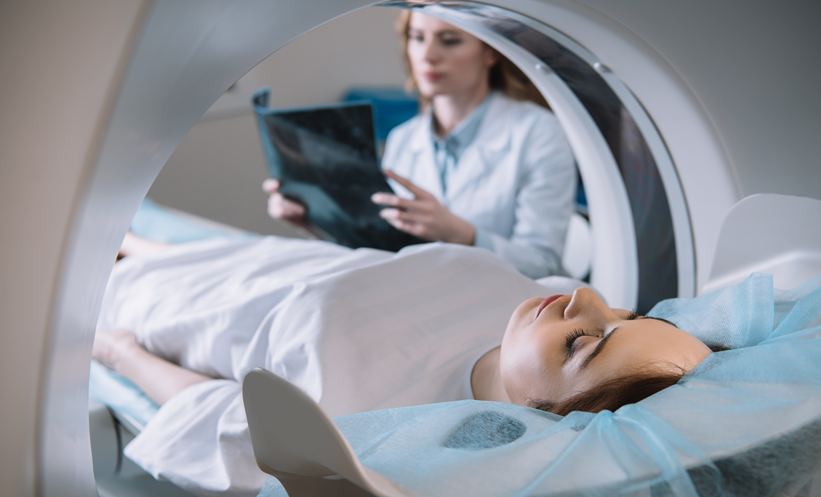A NOVEL technique that utilises ultrasound images could precisely predict which infants diagnosed with hip dysplasia will have a normal hip structure and those who will remain dysplastic. The ultrasound images show the depth and shape of the hip socket and could reduce unneeded treatment in many infants.
Developmental hip dysplasia materialises when a child’s hip socket is not substantial enough to cover the head of the thigh bone. As reported by the International Hip Dysplasia Institute (IHDI), one in 10 infants are born with hip vulnerability; however, for many the loose ligaments around the hip sockets will strengthen naturally after a while. Current data suggests that one in 100 infants will require treatment for hip dysplasia.
There is no current concurrence on how to manage stable hip dysplasia; however, the Gaucher Risk Assessment for Fracture (GRAF) is the classification system but has certain limitations. Approximately 80% GRAF Type 2 hips will eventually progress to normal hips without treatment. According to senior study author Ralph J. B. Sakkers, Department of Orthopaedic Surgery at the University Medical Center Utrecht, the Netherlands, a huge number of cases are overtreated, causing a huge financial burden to family and society. The GRAF system of classification can be highly variable as patients are classified based on the appearance of the acetabular angle on ultrasound images. The image acquired from the ultrasound can be affected by probe positioning.
In this study, Sakkers and colleagues used an alternative statistical modelling with ultrasound to evaluate the shape of the image of the hip, using multiple reference points that each have an X and an Y coordinate in a 2D ultrasound image. They analysed this approach in 97 infants with stable developmental hip dysplasia. The researchers developed statistical shape modelling on reference ultrasound images and then correlated the prototype with persistent hip dysplasia on ultrasound after 12 weeks follow-up and residual hip dysplasia on pelvic X-rays. The results demonstrated that the statistical shape modelling precisely differentiated the development of normal hips from the hip dysplasia. “By quantifying the shape of the image of the hip with statistical shape modelling, significantly more data are extracted from the ultrasound images as compared to the current methods used,” Sakkers said.








